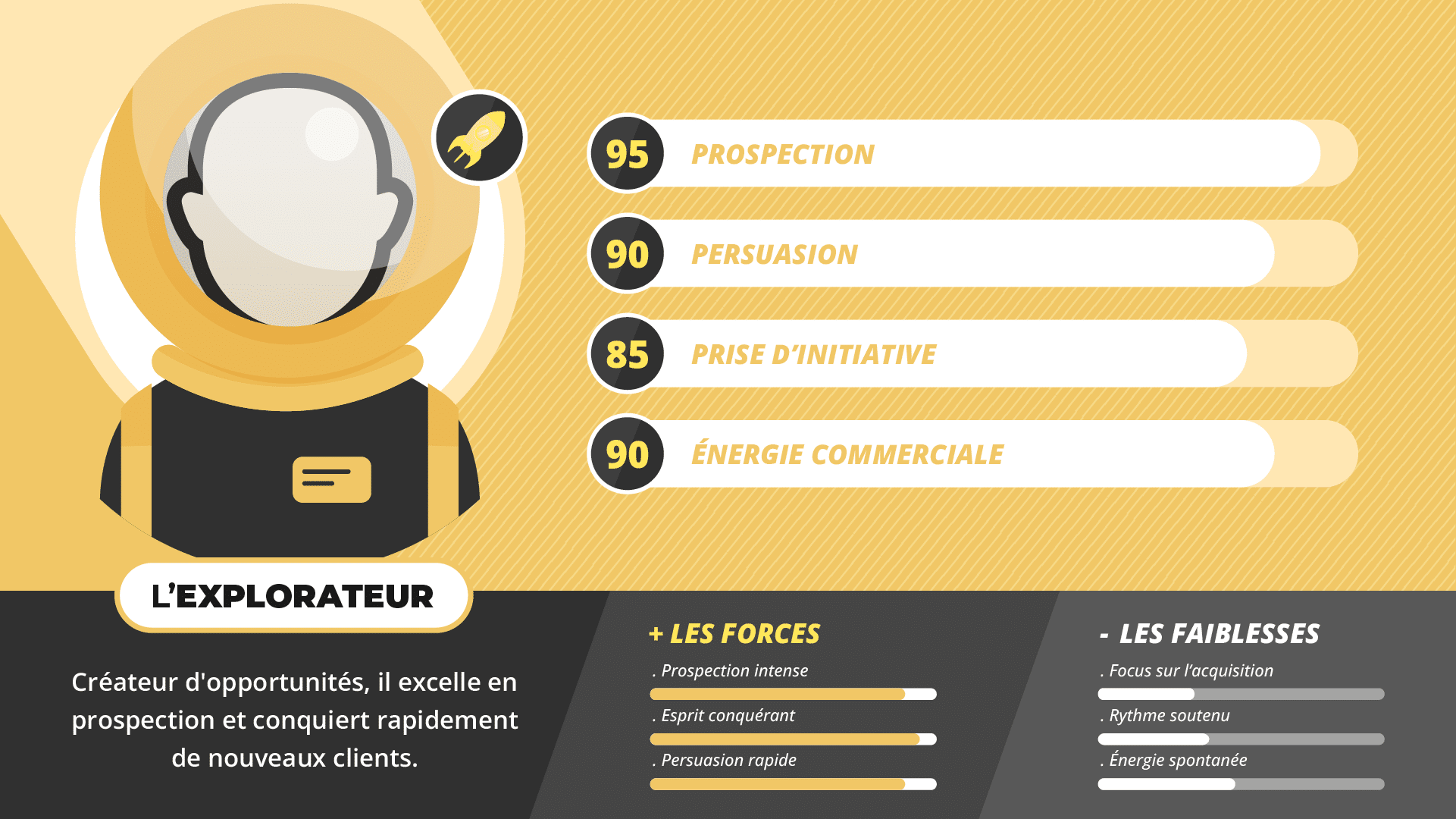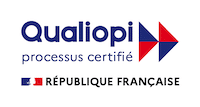Would you like to implement this approach to support your sales force and generate measurable ROI from your marketing actions? If so, you're probably wondering where to start... So here are 5 steps on how to create your sales tunnel, using the tools and resources already in place in your company.
1. Take stock of your current marketing tools
Start by taking stock of your current marketing tools and communication initiatives.
The aim is to build on what already exists, so you can roll out your new lead-generating actions as quickly as possible - and at the lowest possible cost.
To do this, ask yourself the following questions:
- What communication media and marketing tools do you already use? Website, blog, emailing solution, social networking pages, YouTube channel...
- What actions are you implementing via these channels to interact with your prospects? Publish 2 articles a month on your blog, send out a monthly newsletter, distribute 2 posts a week on social networks... Don't limit this survey to your web tools alone, and take into account all the communication actions that enable you to get in touch with new prospects. This includes your events (trade shows or conferences), for example.
- With what results? How are these results evaluated/monitored? How do you measure the impact of your marketing actions today? On the basis of what criteria? For example: do you track the evolution of traffic on your website? On specific pages? Do you know how many prospects have contacted you via the website in the last 6 months? How many people have subscribed to your newsletter?
You can then use this data to amplify existing actions or coordinate them more effectively, with the aim of generating leads.
2. Define your priority objectives
Next, define a more precise objective than the very general one of "generating leads": on which offer do you want to focus your efforts?
Here again, avoid too broad or vague an objective: a good prospect is not someone to whom you will necessarily be able to sell all your products or services, but one to whom you have the best chance of selling at least one of them to begin with. And to design your sales tunnel, you need to define which one.
If your offers are diversified, you'll gradually set up several sales tunnels to cover the whole "spectrum".
Because, in webmarketing logic, you attract your prospects to you on the basis of an identified interest in a subject (which for them generally corresponds to a problem to be solved or a goal to be achieved).
You can define the priority offer to which your sales tunnel and marketing campaigns will be dedicated on the basis of different criteria, for example :
- by identifying the one that's most profitable for you (to maximize your margins),
- or the one you feel is best positioned in your market (to generate the most volume),
- or a new offer you've just launched (to win over new customers and cross-sell to existing ones).
This choice will then guide the definition of your targets and the content to be used (or produced) to attract them to you, and then maintain the relationship with them.
3. Refocus on your buyer persona's expectations
A lead is an identified contact (with a name and contact details), but not just that: always ask yourself what profile a contact needs to meet to be a valid prospect.
To define it, answer these questions:
- Who are the targets for your offer? What size of company, what type of function within the company (if you're BtoB). Which age category, gender or CSP (if you're BtoC).
- What's your ideal customer's profile (Buyer Persona)?What are their objectives, desires or problems in relation to the offer you're proposing? What obstacles are likely to complicate their purchase, and how can you help them overcome them? What are their buying habits and preferred communication channels?
- What are its "drivers of interest"? What are their aspirations, key issues and challenges? What queries are they likely to type into search engines to answer them?
All these elements of detailed knowledge of your prospects will enable you to design the most appropriate marketing actions to attract and convince them.
Discover the KESTIO webinars, where we discuss
all topics related to sales performance with our experts:
Fabien Comtet, CEO
Dominique Seguin, General Manager
Nicolas Boissard, Marketing Director
4. Define the marketing actions to be implemented
You now have everything you need to design your "sales tunnel in the truest sense of the word!
In line with the priority offer defined and the "drivers of interest" of your Buyer Persona, you can: define the theme of your lead magnet - content designed to attract your prospects (EBook, self-diagnosis...) - and design your workflow, the sequence of emails that will maintain the relationship with your prospects and nurture their interest in your offer.
Based on the marketing tools and campaigns already in place, you can now coordinate your actions so that they converge towards the same objective, for example :
- define the topics of your blog articles or conferences in line with the lead magnet theme and the interests of your buyer personae
- insert a call-to-action at the bottom of these articles and at the end of your conference materials to direct your prospects to this lead magnet
- relay these articles via your newsletter to your customer and subscriber contact base
- promote these articles and your lead magnet via posts on social networks...
In this way, all your actions will actively contribute to creating a flow of qualified visitors to your lead magnet, to identify your prospects' contacts and achieve your objective.
This is the key point in your lead generation scenario. Next, you'll need to maintain and nurture the relationship with your prospects to support the work of your sales force.
5. Deploy a first scenario in agile mode
Implementing this approach is an iterative process.
Deploy an initial scenario on a "test and learn" basis, closely monitoring your indicators to quickly assess its effectiveness and whether you've reached your objectives.
Based on the results observed, constantly improve this scenario, or stop it if it's not proving effective, after identifying the points that need to be reworked: should a new lead magnet be produced? Recontact identified prospects more quickly? Offer them content that better meets their expectations? Generate more inbound traffic to lead magnets?
Once you've mastered your first effective sales tunnel, you'll be able to apply it to other offers and generate even more leads!
Adopt a tool adapted to your business and your expectations: choose a CRM... To better understand the usefulness of CRM and choose the right tool, watch this webinar:
[I] : Read again our articles on this subject:
- How to switch from "traditional" communication to lead-generating webmarketing published on the Chef d'Entreprise magazine website
- Et si votre site web générait (enfin) des leads? published on the website of Chef d'Entreprise magazine
- 3 web sales tunnels that generate leads published on this blog






